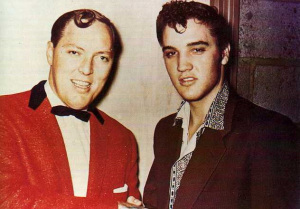Folk Rock and Rebellion Behind the Rise of Free Sheet Music
In previous chapters, we explored the birth of rock music and the British Invasion’s overwhelming influence. However, another vital piece of the puzzle lies in the rise of folk rock—a genre that infused rock with introspection, protest, and poetic vision. Born alongside the American folk revival and the civil rights movement, folk rock added depth and soul to famous rock music. In this chapter, we examine how rebellion and cultural unrest transformed the landscape of rock music in the 1960s.
Roots of Protest: Folk Before the Rock
Before World War II, American workers were caught in cycles of war and capitalist expansion. Activists like Joe Hill and rock music composer Woody Guthrie emerged from labor movements, writing songs that rallied people to resist oppression. With clear melodies and biting lyrics, their music laid the ideological groundwork for future protest anthems.
Guthrie, in particular, had a lasting influence on Bob Dylan, who would later lead the charge in blending folk with rock music. These songs weren’t just entertainment—they were calls to action, made accessible even to those with little education. They paved the way for the genre-spanning impact of famous rock music in the decades that followed.
Post-War America and Youth Awakening
By the 1950s and '60s, America had shifted. McCarthyism faded, but segregation and the Cold War loomed. Meanwhile, Vietnam and assassinations of iconic leaders shattered post-war optimism. The baby boomer generation—wealthier and more idealistic than their parents—faced a sobering reality. This emotional rupture demanded a new musical voice.
In the early '60s, pop and rock music leaned upbeat. But after Kennedy’s death in 1963 and the escalation of the Vietnam War in 1965, the tone darkened. British bands revived American interest in electrified music, and folk's lyrical power merged with the rhythmic force of rock music. The result was folk rock—an evolution that gave the genre a conscience.
The Voice of Protest: Bob Dylan and Beyond
Bob Dylan became the reluctant face of protest music. Between 1962 and 1964, he wrote some of his most iconic political songs. Though often labeled a protest singer, he resisted being defined by any single category. Unlike many of his contemporaries, Dylan pulled back from both the hippie movement and the violent riots of the late '60s. Still, his ability to sense cultural shifts early kept him influential throughout.
Folk Rock Takes Shape
In 1964, The Beau Brummels released "Laugh, Laugh," signaling the start of folk rock's mainstream journey. That same year, The Byrds formed and would soon become central figures. Their 1965 hit "Mr. Tambourine Man" (originally by Dylan) became a West Coast counterculture anthem, fusing rich harmonies with folk sensibilities—a prime example of famous rock music rooted in protest and poetry.
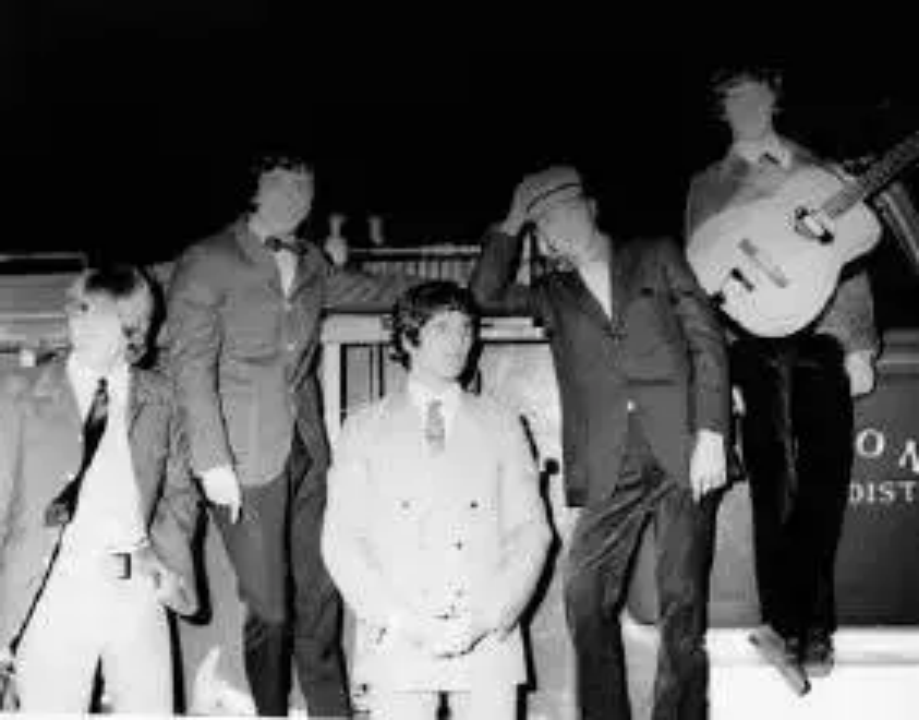
Bands like The Searchers joined the movement with anti-war tracks like "Where Have All the Flowers Gone?" while The Byrds and The Beau Brummels turned folk storytelling into electrified anthems, forever shaping the genre's direction. These were not just entertainers—they were rock music composers for a generation in flux.
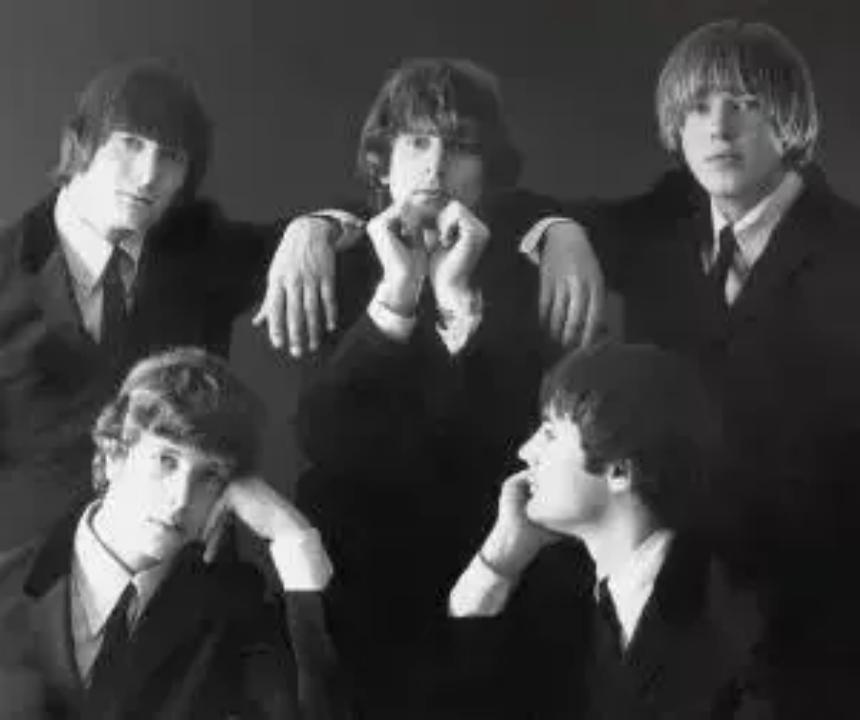
Psychedelia, Escapism, and the Counterculture
From 1965 to 1968, folk rock broadened to include themes of escapism and spiritual searching. Songs like "California Dreamin’" by The Mamas & The Papas and "Do You Believe in Magic" by The Lovin’ Spoonful captured the era’s shifting mood. The desire to break free from societal expectations turned many young Americans toward new ideals.
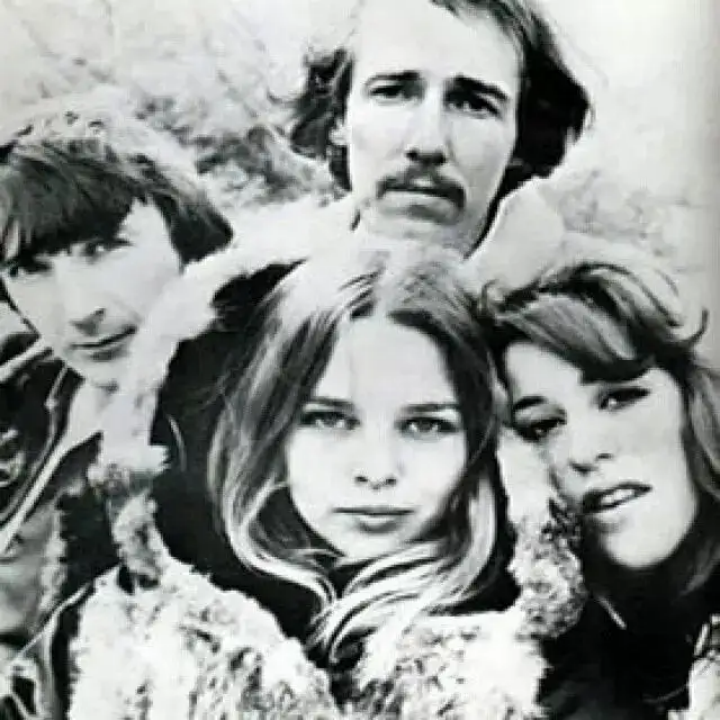
This rebellion gave rise to the hippie movement, a cultural offshoot of the Beat Generation. In Greenwich Village and San Francisco, young people embraced free love, psychedelic drugs, and anti-establishment attitudes. Hippies adored Bob Dylan, The Beatles, and The Rolling Stones—all of whom were reshaping the boundaries of rock music at the time.
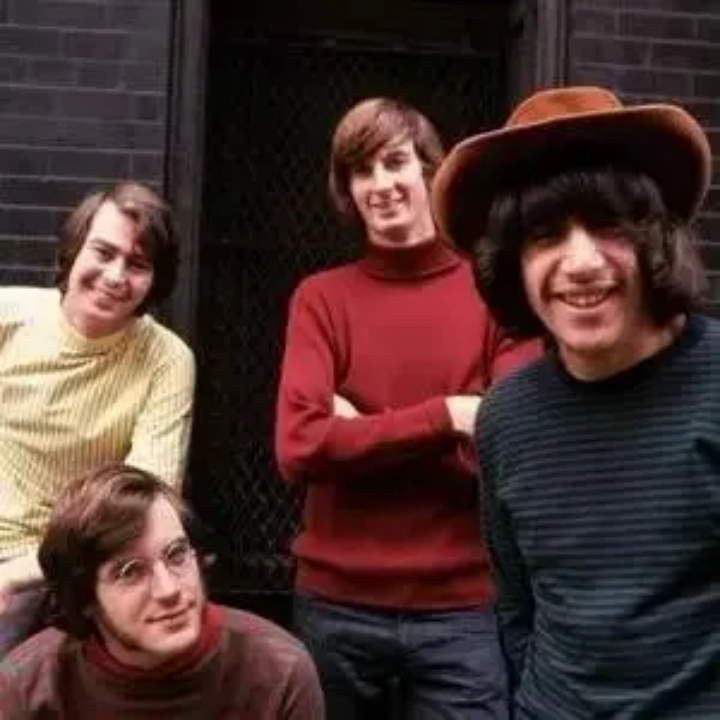
Though their lifestyle was controversial, the hippie movement provided a fertile ground for musical experimentation. Bob Dylan's shift toward psychedelia, and later The Beatles' transformation under similar influences, proved how closely linked music and cultural upheaval had become. These changes didn’t dilute rock music, they gave it new purpose—bridging individual expression and collective unrest.
Toward a New Era of Sound
By 1967, the floodgates were open. Folk rock evolved into something larger, absorbing psychedelic sounds, philosophical lyrics, and even jazz structures. Buffalo Springfield, with tracks like “Kind Woman,” offered a blueprint for the West Coast sound, while other musicians like Neil Young and Stephen Stills carried the spirit forward. These artists—like many others—became enduring figures in famous rock music history.
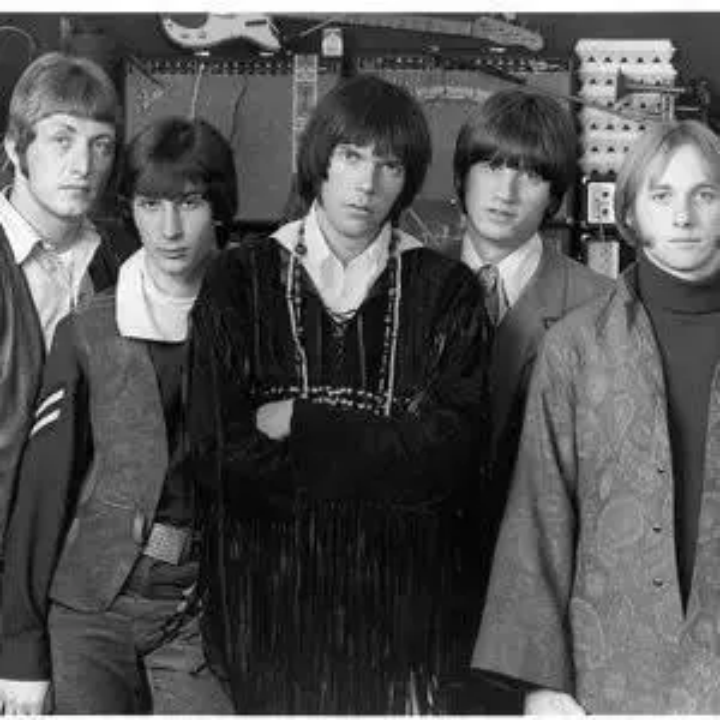
Amid all this, the role of the rock music composer expanded. No longer just writing love songs or feel-good tracks, they tackled war, civil rights, environmental issues, and personal identity. The stage was set for the explosion of diverse rock styles in the '70s.
Want to experience the revolutionary spirit of the '60s through music? Visit SheetMusicGo to explore and download free sheet music from Bob Dylan, The Byrds, and other pioneers of folk rock. Whether you're learning protest songs or trying out psychedelic chord progressions, our platform offers curated selections from the era of famous rock music. Search by genre, artist, or mood, and keep the revolutionary rhythm alive—completely free.
FAQs
1. Where can I find folk rock sheet music from the 1960s?
You can browse and download free sheet music for folk rock classics like "Mr. Tambourine Man" and "California Dreamin’" at SheetMusicGo.
2. Who are the most influential folk rock music composers?
Key rock music composers in this genre include Bob Dylan, Neil Young, and members of Buffalo Springfield—all of whom reshaped how lyrics and melody intertwine.
3. What defines folk rock’s place in famous rock music history?
Folk rock bridged social consciousness and mainstream appeal, helping shape famous rock music into a genre that could protest, reflect, and evolve with its time.


